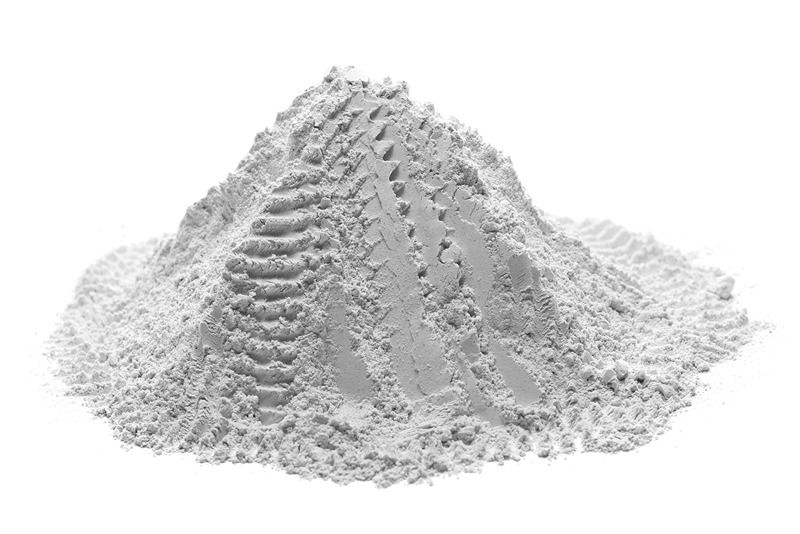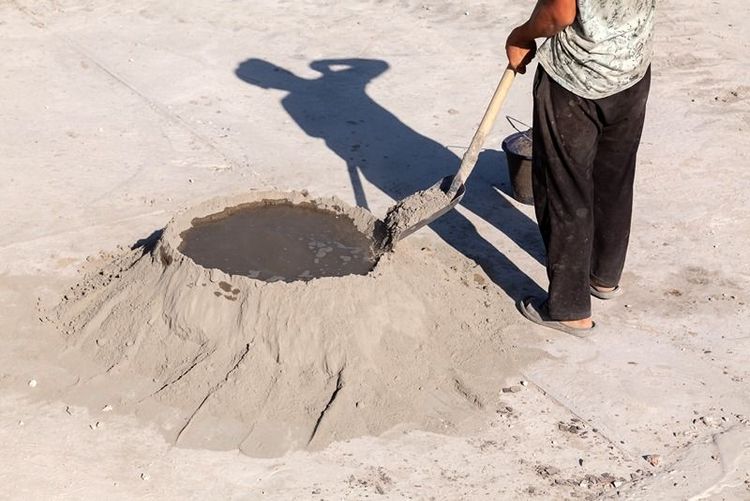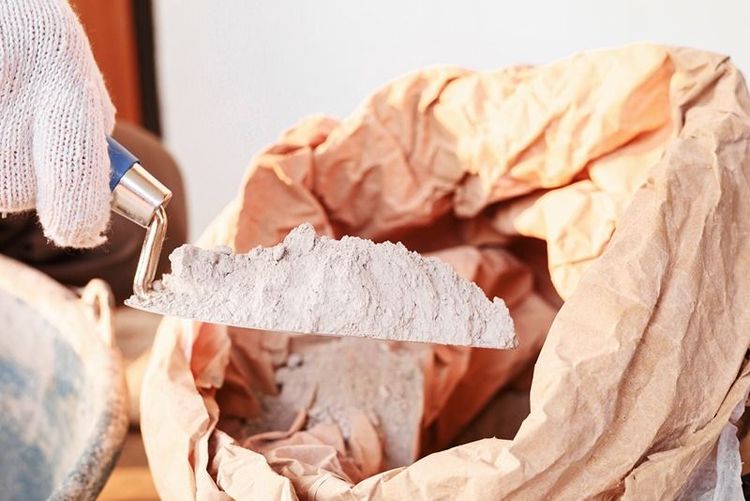Cement is indispensable in construction, particularly in India, where varying climatic conditions present significant challenges for builders. For Indian MSMEs involved in infrastructure, industrial, or residential projects, ensuring the durability of cement in extreme weather conditions is critical. Whether facing high heat, heavy rainfall, humidity, or even freezing temperatures in certain regions, the cement's ability to endure environmental stressors determines any project's longevity and structural integrity.
Cement's vulnerability to environmental factors
Cement, when mixed with aggregates and water to form concrete, undergoes hydration, initiating its hardening process. However, hardened concrete is vulnerable to several environmental factors that can compromise its long-term durability:
Thermal stress: Prolonged exposure to high temperatures causes expansion in the cement matrix, leading to internal stress and eventual cracking.
Moisture ingress: High humidity or continuous rainfall allows water to permeate the concrete, causing mineral leaching, efflorescence, and structural weakening.
Chemical attack: Saline or sulphate-rich soils or groundwater can chemically react with anhydrate cement present in concrete leading to cracking and losing strength.
Freeze-thaw cycles: In regions where temperatures fluctuate between freezing and thawing, trapped water expands and contracts, causing internal micro-cracking and spalling.
Alkali-silica reaction (ASR): ASR occurs when alkalis in the cement react with reactive silica in aggregates, leading to expansion and cracking in the concrete over time.
The durability tests detailed below address these vulnerabilities, enabling MSMEs to select cement that can withstand their region's specific environmental challenges.






 +91 7208055523
+91 7208055523
 Help & support
Help & support
